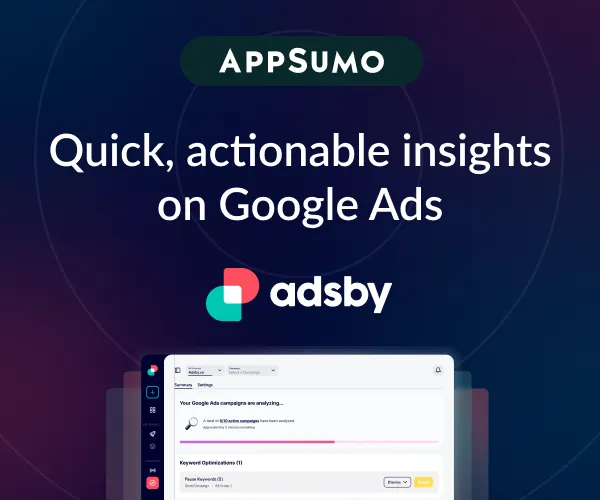
5 Meta Description Tips for Beginners: Write Like a Pro!
Mastering Meta Descriptions: The Ultimate Guide for Crafting Click-Worthy Blog Snippets!
If you’re serious about improving your blog’s visibility and engagement, meta descriptions are one of your secret weapons! A well-crafted meta description doesn’t just give readers a sneak peek into your blog post; it also

boosts your SEO and increases the chances of a click. In this guide, we’ll break down everything you need to know to write perfect meta descriptions that attract readers and help your blog stand out in search results.
What is a Meta Description?
A meta description is a short summary (usually 150-160 characters) of your blog post that appears under the title in search engine results. Think of it as your blog’s first impression! The goal of a meta description is to give readers a quick insight into your content and encourage them to click through to read more.
Why Meta Descriptions Matter
Meta descriptions play a key role in driving traffic to your blog. Here’s why they’re essential:
Improves Click-Through Rate (CTR) 📈
A well-written meta description grabs attention and encourages users to click, increasing your CTR. In fact, blog posts with optimized meta descriptions can see a CTR boost of up to 5.8%!Supports SEO 🕹️
While meta descriptions aren’t a direct ranking factor, Google and other search engines consider them as part of your site’s overall experience, and a high CTR can indirectly improve rankings.Sets User Expectations 🧭
A good meta description provides a clear overview of your blog, helping users quickly decide if the content is relevant to them.
How to Write an Effective Meta Description: Key Components
To craft the perfect meta description, you need to include a few key elements that make it informative, engaging, and irresistible to readers.
1. Include Target Keywords 🔑
Using relevant keywords in your meta description tells search engines what your post is about. Just don’t overstuff! Make sure your keywords appear naturally.
Example: “Learn how to improve website speed and user experience with these easy optimization tips for faster loading times.”
2. Stay Within the Character Limit ⏳
Most search engines cut off descriptions over 160 characters, so keep it short and sweet. Aim for 120-155 characters to avoid truncation.
Example: “Discover 10 easy ways to optimize your website speed for better user experience and SEO rankings.”
3. Use Action Words 🚀
Use words that encourage action! Words like “learn,” “discover,” “find out,” or “explore” create excitement and invite users to click.
Example: “Discover 5 expert tips for creating SEO-friendly blog content that drives traffic and engagement!”
Writing Meta Descriptions that Click: 3 Quick Lists!
List 1: Dos and Don’ts for Crafting Meta Descriptions
Do Keep it Concise ✂️
Short, punchy, and to the point is best. Aim for under 155 characters to make sure it shows up fully on both desktop and mobile.Do Reflect the Content 💡
Your meta description should accurately summarize what’s in your blog post. Misleading descriptions can lead to high bounce rates!Don’t Keyword-Stuff 🚫
Focus on natural language rather than cramming in every possible keyword.
List 2: Quick Tips to Make Your Meta Descriptions Stand Out
Use Numbers and Specifics 🔢
People love numbers! “5 Tips” or “Top 10” help users know exactly what to expect.Create Curiosity ❓
Pique curiosity by leaving something slightly open-ended. For instance: “Wondering how to boost website speed? We’ve got the tips.”Use Emotional Triggers 🎉
Words like “ultimate,” “essential,” or “proven” can create excitement and emphasize value.
List 3: Examples of Engaging Meta Descriptions for Blogs
SEO Tips
“Boost your blog’s SEO with these 7 easy tips for higher rankings and more traffic.”
Social Media Guide
“Master social media marketing with our ultimate guide to building a loyal audience.”
Productivity Hacks
“Get more done in less time! Discover 10 productivity hacks that work.”
Popular Tools to Help with Meta Descriptions
There are tools to make crafting meta descriptions easier, whether you’re a beginner or pro. Here are a few:
Yoast SEO: A WordPress plugin that helps you craft SEO-friendly descriptions and provides character limits.
SEMrush Writing Assistant: Helps you optimize keywords and readability for better performance.
Meta Tag Preview Tools: Use tools like the SERPsimulator to preview how your description will appear in search results.
Best Practices for Writing Meta Descriptions that Drive Clicks
1. Focus on Value 🏆
What’s in it for the reader? Highlight the benefits of reading your post, like “learn,” “improve,” “get insights.”
2. Add a Call-to-Action (CTA) 🖱️
A little push goes a long way! CTAs like “find out more,” “click to read,” or “learn how” can increase your chances of getting clicks.
3. Test and Optimize 🛠️
Use analytics to monitor CTRs and experiment with different phrasing. Testing different descriptions helps you see what resonates most with your audience.
Real-Life Example Meta Descriptions for Popular Blog Topics
Let’s look at some examples to get a feel for what works:
Food Blog 🍕: “Craving a delicious pizza? Here are 5 easy recipes for the perfect homemade pizza dough.”
Travel Guide 🌍: “Discover the best hidden gems in Italy with our ultimate travel guide for 2024!”
DIY Crafts ✂️: “Get inspired with these 10 DIY projects that will add a creative touch to your home.”
Wrap-Up: Why Meta Descriptions Are Essential for Blog Success
Meta descriptions are the finishing touch that can make or break your blog’s visibility and appeal. Think of them as your pitch—short, enticing, and packed with value. By following these best practices, you can create meta descriptions that grab attention, encourage clicks, and improve your SEO performance. So next time you publish a blog, take a few extra minutes to perfect that meta description—it’s worth it!
Get ready to see those clicks roll in! 🚀










